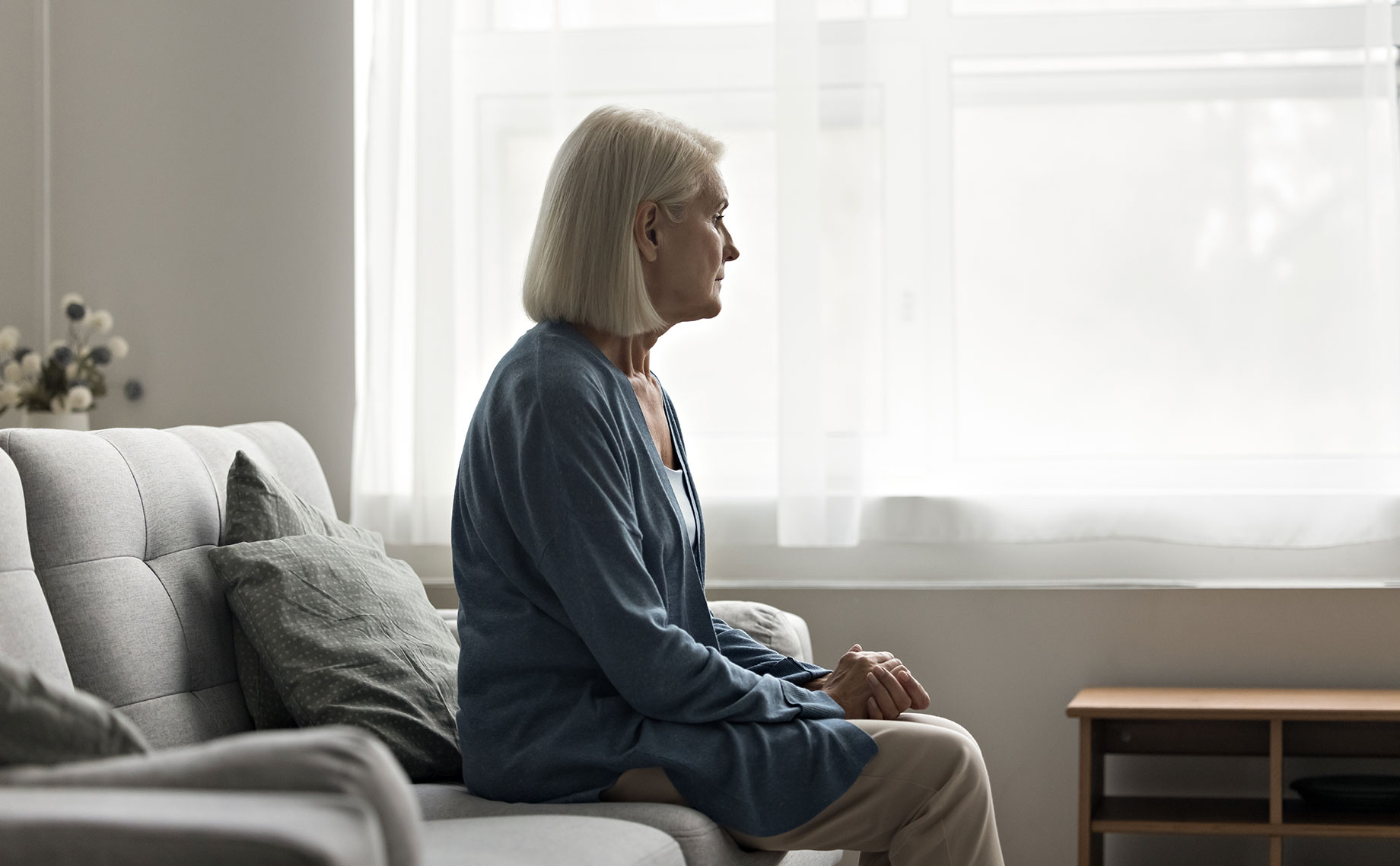
Grief doesn’t follow a straight line. Despite what well-meaning friends, therapists, or Instagram quotes might say, there’s no single “right” way to mourn a loss. Some people cry for days. Others feel nothing for weeks. And some distract themselves with work or laughter. The truth is, grief is deeply personal – and healing comes when you allow yourself the space to process it in a way that’s authentic to you.
Setting the Record Straight
You’ve probably heard the Kubler-Ross model — denial, anger, bargaining, depression, acceptance. It’s often presented as a roadmap for grief. But in reality, grief isn’t as linear as researchers and psychologists might think. You don’t move smoothly from one stage to the next like levels in a video game. Instead, grief tends to come in waves. One day you might feel acceptance, and the next you might feel anger all over again. (It’s a two steps forward, one step back kind of process for most people.)
Another common myth is that grief has a set timeline. Maybe someone has told you, “It’s been six months, you should be feeling better by now.” That’s not how it works. Grief doesn’t have an end date. Your healing may take months or years, or it may simply evolve into a quieter kind of missing.
Letting go of these myths allows you to grieve in a way that feels authentic, rather than trying to fit someone else’s expectations.
Giving Yourself Space to Feel (or Not)
Some people cry often after a loss. Others find themselves unable to cry at all. Both are normal, and your reaction is highly dependent on a blend of hundreds of unique circumstances and life experiences. You might feel numb for weeks, and that doesn’t mean you don’t care — it just means your body and mind are protecting you until you’re ready to process.
The key is to notice what emotions come naturally and let yourself experience them without judgment. Don’t force tears if they’re not coming, and don’t shame yourself if you find moments of laughter or joy.
Healthy Outlets for Your Grief
When you’re in the middle of loss, you need ways to process the pain without letting it consume you. For some, that might be journaling daily. For others, it could be physical activity — long walks, running, or even yoga. Creative outlets like painting, music, or storytelling can also become powerful tools for expression.
You don’t have to choose just one. Try different outlets and notice what feels like a release versus what feels like pressure. Your grief will shift over time, and the outlets you need may shift too.
Finding Comfort in Remembrance
Part of grieving is figuring out how to hold on to the memory of your loved one in a way that brings comfort instead of only pain. For some, that might mean keeping photos close. For others, it may mean creating a ritual.
As Susan Fraser, founder of In the Light Urns, mentions, “For many people, part of the grieving process involves remembering. And one of the best physical reminders is a personalized cremation urn that represents who your loved one was in your life.”
A keepsake, whether it’s an urn, a piece of jewelry, or a written story, can serve as a grounding reminder of the bond you shared. Believe it or not, this can be a major catalyst for moving forward.
Handling Pressure from Others
One of the hardest parts of grieving is dealing with other people’s opinions about how you should be coping. Friends may tell you to “stay strong.” Family members may encourage you to “get back to normal.” While most of these comments come from a place of care, they can also feel dismissive of your experience.
It helps to prepare a few responses ahead of time. You might say:
- “I appreciate your concern, but I’m grieving in my own way.”
- “I know you mean well. Right now, I just need space to process.”
Setting boundaries like this helps protect your healing process from being derailed by outside pressure. In other words, it allows you to keep moving forward with an understanding that it’s okay for healing to take time.
Allowing Grief to Evolve
Over time, grief often changes shape. It may not feel as sharp, but it doesn’t disappear entirely. You may find that certain dates or reminders bring it back with intensity. This is all part of the process.
As you allow grief to evolve, you may also find ways to carry your loved one forward. This could look like telling their stories to new friends, or cooking their favorite meal for your family. Some families even like to start a new tradition in their honor.
Grieving in your own way means rejecting the idea that there’s one “correct” path to healing. When you stop measuring your grief against someone else’s expectations, you give yourself the gift of authentic healing.
And that’s how you honor both your loss and your love.